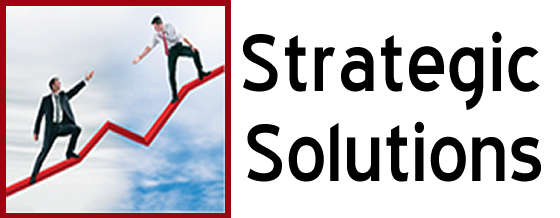6 Tips to Hiring the Best Talent
“One cannot hire a hand; the whole man always comes with it.”
Peter Drucker
Many companies are blindsided when it comes to hiring. Most hire for skills and fire for values. Just because they have the skills to do the job, doesn’t make them a match for your company culture. Then again, if you hire for cultural fit but they lack the skills to do the job, you’re in the same boat. What do you do?
We know that companies grow when their employees share the mission, values, strategies and goals of the company. In fact Brian Tracy has said that 95% of business growth stems from your ability to hire the right people for the job at hand, and Jim Collins, author of ‘Good to Great,’ goes so far as to say that ‘A company should limit its growth based on its ability to attract enough of the right people.’
Studies have shown that the most successful companies hire slow and fire fast. What does that mean exactly and will that guarantee a perfect fit?
It means, that you should take the time to create an employee persona, and then develop a hiring process that’s both thoughtful and methodical. Don’t hire until you’re entirely satisfied that you have the right person for the job. Will it work all the time? Nothing works all the time, but it will allow you to be more selective and that in itself ups your chances of making the right decision.
So how do you do that?
- For a majority of small businesses, sitting down and writing a job description is a chore – something to get over with so we can get back to ‘making money.’ That’s the wrong headset. Put the time in up front and thoughtfully consider not only the skillset the person needs, but the qualities they must possess to do the job well. Remember, quiet, highly detailed individual who minds their own business may a great accountant, but if your position is for customer service, you need an entirely different set of skills. Think about what you want to accomplish and the qualities the you need in your new hire to help you meet your goals.
- With #1 in mind, focus on the basic skills that person would need to accomplish the job. How much experience would you expect he/she would need to have?
- Collaborate with your people. Select your department head or subject matter expert. Include the department’s top performer as well as the weakest. Together, write the job description. (As an aside, having both the best and the weakest together also enables you to review the qualities and traits you’ve listed in #1. What do you like most about your top performer? What troubles you about your weakest performer? Low productivity? High maintenance? Better make sure your description was written with your top performer in mind.
- Brian Tracy talks about the Law of Threes when it comes to hiring: interview at least three candidates; interview them three times, in three different places. For example first interviews are usually more formal and everyone is dressed well, polite and on their very best behavior. Say, your second interview is over lunch. It will be more relaxed, casual and maybe a tad personal. What about having the third interview on the ‘floor’ with your team? Let them ask some questions as well. Then hold a post-mortem and see if there’s a consensus.
- Many companies these days are getting as creative as they possibly can, trying to come up with ridiculous questions to see how well someone thinks on their feet. In fact, Glassdoor published some, and while I can take a leap of faith and understand why Trader Joe’s asked a candidate what they would make them for dinner, I can only assume other companies got a team together for comic ‘bonding session’ when I read questions like ‘How many cows are in Canada,’ ‘How many quarters does it take to reach the top of the Empire State Bulding, and “”What do you think about when you’re driving in your car alone.’ Please.
- There are no right or wrong answers and you and your people have better things to do with your time. When the time comes for you to make a final decision about a candidate, smart businesses leave it to the pros. Consultants like me use personal assessments that can determine with almost total accuracy whether or not a candidate is a good fit for a position – and company.
Costs a little, but the cost of a bad hire can be devastating. Many clients have told me this little tool is worth its weight in gold.
Finally, remember, this process takes a bit longer, but taking the time to get to know the candidate well helps insure you find the right candidate the first time. Remember too that good people may come with a higher pricetag. My advice? Pay it – their contributions to your success are far more valuable to your bottom line, then a few extra bucks.
“People are not your most important asset. The right people are.”
– Jim Collins
